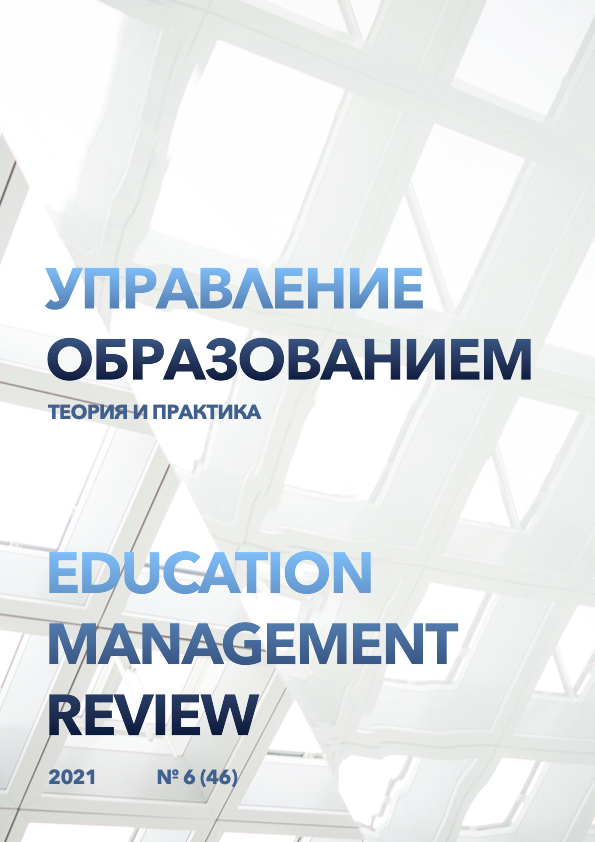Some features of electronic textbooks on legal disciplines
DOI:
https://doi.org/10.25726/z8735-7941-6843-oKeywords:
еlectronic textbook, digital textbook, digital pedagogy tools, interactivity, educational technologies, mobile learning, higher education, vocational education, electronic textbooks on lawAbstract
The article is devoted to the problem of creating and using interactive electronic textbooks in the educational process in the course of training students in law. The author notes that the modern education system is rapidly changing under the influence of various factors, information and communication technologies are in constant development, all this leads to a more active introduction of digital pedagogy tools, including electronic textbooks, into the educational process. The article discusses changes to the definition of the content of the concept of "electronic textbook", filling it with significant features. Such as compliance with curricula, state standards and principles of didactics, the possibility of building an individualized active-activity educational environment. The author notes that he has not come across full-fledged interactive electronic textbooks on law. He analyzes the materials of individual legal courses posted on the Urayt educational platform for whether they can be considered an electronic textbook and comes to the conclusion that they cannot, primarily due to its fragmented structure, which does not allow creating an effective apparatus for organizing the assimilation of the material. peculiar to textbooks. The article discusses the features that electronic textbooks on the basic branches of Russian law should have. The author draws his conclusions and assumptions based on the results of a sociological survey conducted on the basis of the Tula State Pedagogical University, which was attended by 77 teachers and students. It is advisable to use a modular approach when creating such textbooks, with the division of theoretical material into a basic and advanced level, including through hyperlinks. The non-linear construction of the educational material allows in parallel to include elements of the apparatus for organizing the assimilation of the material in the general course of the presentation of the material. Various video materials (specially created videos, feature films and cartoons) can illustrate legal situations and be included in an electronic textbook. Another type of such multimedia can be discussion fragments of talk shows with a legal focus.
References
Александрова Е.М., Пушина Л.А. Интерактивный электронный учебник: взгляд студента, преподавателя, издателя // Известия ВГПУ. 2018. №9 (132). С. 32-39.
Ашутова Т.В. Структура электронного учебника «Информационные технологии в графическом дизайне» в контексте содержания профильных профессиональных компетенций // Психология и педагогика: методика и проблемы практического применения. 2010. №11-2. С. 156-159.
Зарубина В.С., Лельчицкий И.Д. Концептуальные основы проектирования электронного учебника как интерактивного средства обучения прикладному программному обеспечению // Мир образования - образование в мире. 2021. № 1(81). С. 179-185.
Зарубина В.С. Проектирование электронного учебника как интерактивного средства обучения: автореферат диссертации на соискание ученой степени кандидата педагогических наук. Тверь, 2021. 25с.
Зарубина В.С. Отличительные особенности нового электронного пособия по использованию ПК АКУС ИК // Вестник ФКУ НИИИТ ФСИН России: научно-практическое издание. Тверь: Федеральное казенное учреждение "Научно-исследовательский институт информационных технологий Федеральной службы исполнения наказаний", 2018. С. 72-80.
Кречетников К.Г. Понятие интерактивного электронного учебника // Приоритетные научные направления: от теории к практике. 2016. №22. С. 62-67.
Овчинникова К.Р. Учебник и электронный учебник: исторический экскурс // Сибирский педагогический журнал. 2007. №8. С. 292-305.
Панюкова Н.Л. Электронные учебники и электронные образовательные ресурсы как один из главных компонентов школьной информационной образовательной среды // Современный учитель дисциплин естественнонаучного цикла: сборник материалов Всероссийской научно-практической конференции с международным участием, Ишим, 17 февраля 2017 года. Ишим: филиал федерального государственного бюджетного образовательного учреждения высшего профессионального образования "Тюменский государственный университет" в г. Ишиме, 2017. С. 121-124.
Турабеков Ф.С. Основные подходы к созданию электронного учебника по методике трудового обучения // Вестник УРАО. 2010. №4. С. 68-70.
Федосеев А.А. Эффективный электронный учебник // Открытое образование. 2014. №5. С. 102-108.
Христочевский Сергей Александрович Электронный учебник - текущее состояние // КИО. 2001. №6. С. 3-10.
Электронные учебники: рекомендации по разработке, внедрению и использованию интерактивных мультимедийных электронных учебников нового поколения для общего образования на базе современных мобильных электронных устройств. М.: Федеральный институт развития образования, 2012. 84 с.




